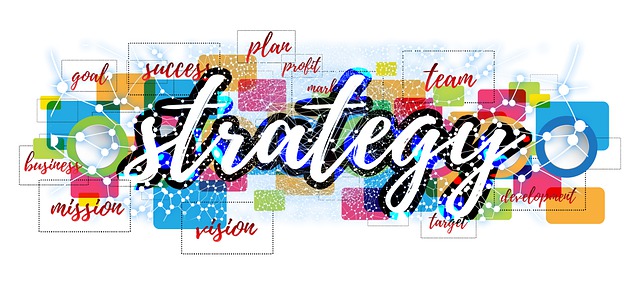Several months ago, we were talking with a prospective client about supporting their strategic plan development. As we inquired about the planning processes the organization has used before, and how they executed their past plans, our contact offered a transparent, though concerning, observation. At times, the strategic plan had become a playbook that was followed to the letter, even amid moments when it no longer made sense. At other times, the strategic plan wasn’t really talked about again other than when it needed to be submitted with grant applications. That conversation (and others like it) led to today’s query – can planning become the enemy of strategy?
In short, we are inclined to say “yes,” and we believe there are three signs that planning has become the enemy of strategy. Before we dive into those signs, it might be helpful for us to define strategy. We’ll borrow a definition offered by MindTools, an online professional development hub created by husband-and-wife team James Manktelow and Rachel Thompson: “Strategy is how we will win.” At the core, when organizations are developing their strategic plans, they’re looking for the competitive advantages, strengths, resource allocations, etc., that will keep them relevant and unique in their industries. In other words, how they will win!
With that definition in play, we can explore the three signs that planning has become the enemy of strategy. Our prospective client offered us the first two.
- When we rigidly stick to what’s written on paper, without recognizing that our organization and the world in which it serves has changed since the document was written 1, 2, 3, or even 10 (!!) years ago, we allow our plan to become the enemy of our strategy.
- Conversely, when we develop a strategy and immediately shelve that game plan, we’re likely leading our organization down a path where we try to be everything to everyone, losing the core identity that gave us a winning formula in the beginning.
The third sign that planning has become the enemy of strategy is when we allow the planning process to be the prime time that we think about how we will win. As leadership teams gather to talk about important issues they’re facing, they are often tempted to “solve” the issue before them without talking about whether that solution is “winning” in the bigger picture. An example may be helpful here, so let’s imagine an organization with a strategy of retaining its high-quality team members. Let’s also imagine that those team members have been doing hybrid work since COVID. Finally, let’s imagine that some supervisors have expressed concerns that a lack of in-person interaction will lead to lower productivity and possibly undermine the strong culture their organization has built. It may be tempting for that organization to pull all employees back into the office to “solve” the expressed concerns, but that solution may undermine the very heart of their strategy – retaining their high-quality workforce. Sound improbable? We need to look no further than Starbucks, General Motors, Disney, and Amazon (to name a few), and we’ll find that exact scenario playing out.
When executed well, planning and strategy fit like a hand and glove, but when planning becomes the enemy of strategy, we basically put an “L” in our own win-loss column. What does your organization need to do to ensure planning doesn’t undermine your team’s pathway to winning? If we can help as you consider that question, let us know.


















